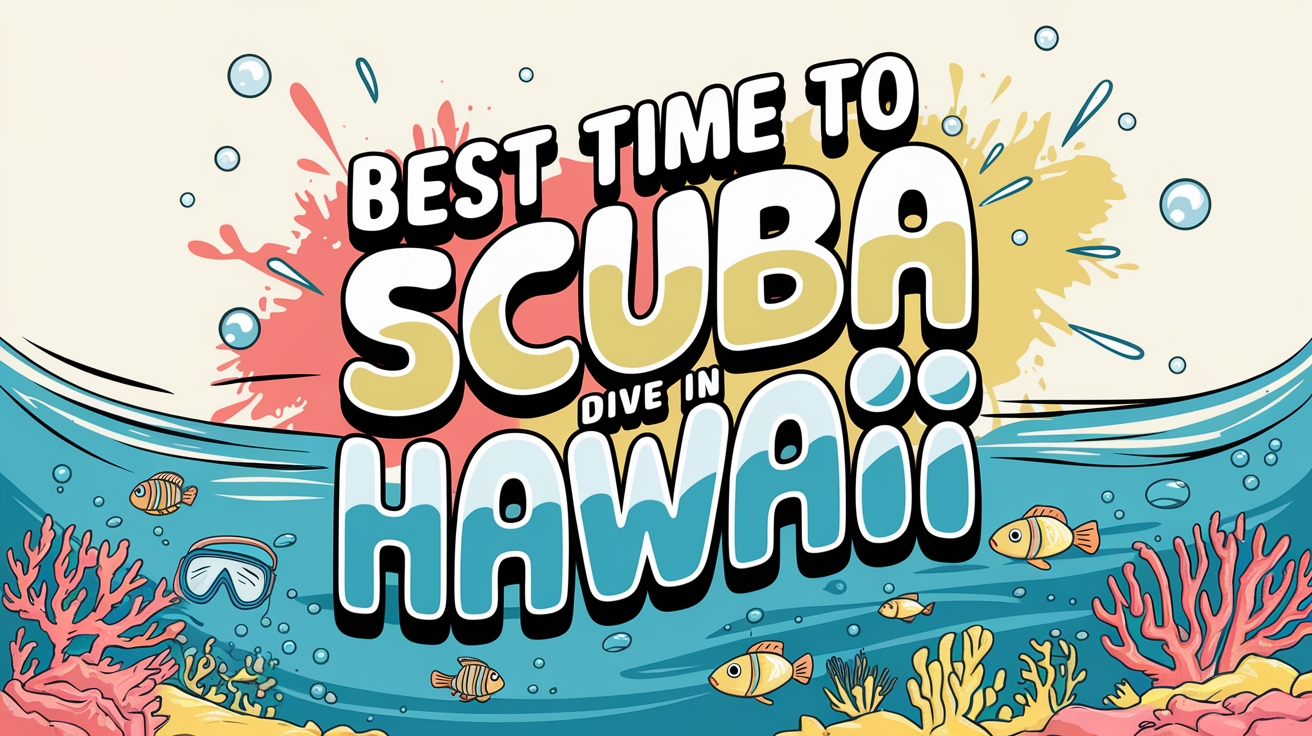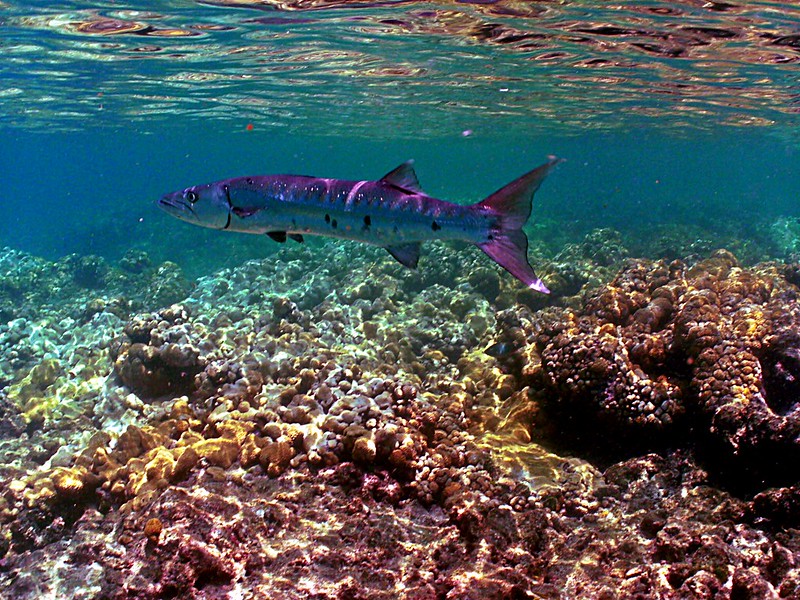Category: Guides
-

Why Should Divers Choose Back Roll Entries?
When it comes to entering the water during an immersion, the back roll technique stands out as a preferred method among experienced divers and instructors alike. This methodical…
-

Mistakes When Doing Backward Roll Entries in Scuba Diving
Mastering the backward roll entry demands precision, control, and a deep understanding of body mechanics. In spite of its fundamental nature in gymnastics and martial arts, practitioners often…
-

Wreck Diving Safety Protocol
Avoiding tragic underwater disasters requires essential wreck diving safety measures that even veterans forget.
-

Diving Equipment Leak Testing Steps
Underwater safety hinges on leak testing, but the critical steps most divers overlook could mean life or death.
-

What To Do When Your Dive Buddy Disappears?
Losing contact with your dive buddy underwater represents one of the most unsettling scenarios in recreational diving. While thorough pre-dive planning and adherence to buddy system protocols significantly…
-

BCD Bladder Cleaning Step Guide
Never skip these essential BCD bladder cleaning steps if you want to extend your gear’s life and prevent costly replacements.
-

BCD Salt Removal Techniques
A proper BCD salt removal routine protects your gear investment, but many divers overlook these crucial maintenance steps.
-

Do You Need a License to Scuba Dive in Hawaii?
Although Hawaii doesn’t legally require a scuba diving license, discovering what certifications you’ll actually need could save your tropical adventure.
-

Best Time to Scuba Dive in Hawaii
Trek through Hawaii’s underwater paradise year-round, but discover which season offers your perfect diving conditions and marine encounters.
-

Do You Need a License to Scuba Dive in Florida?
While Florida doesn’t require a diving license, specific certifications and regulations determine who can explore its vibrant underwater world.